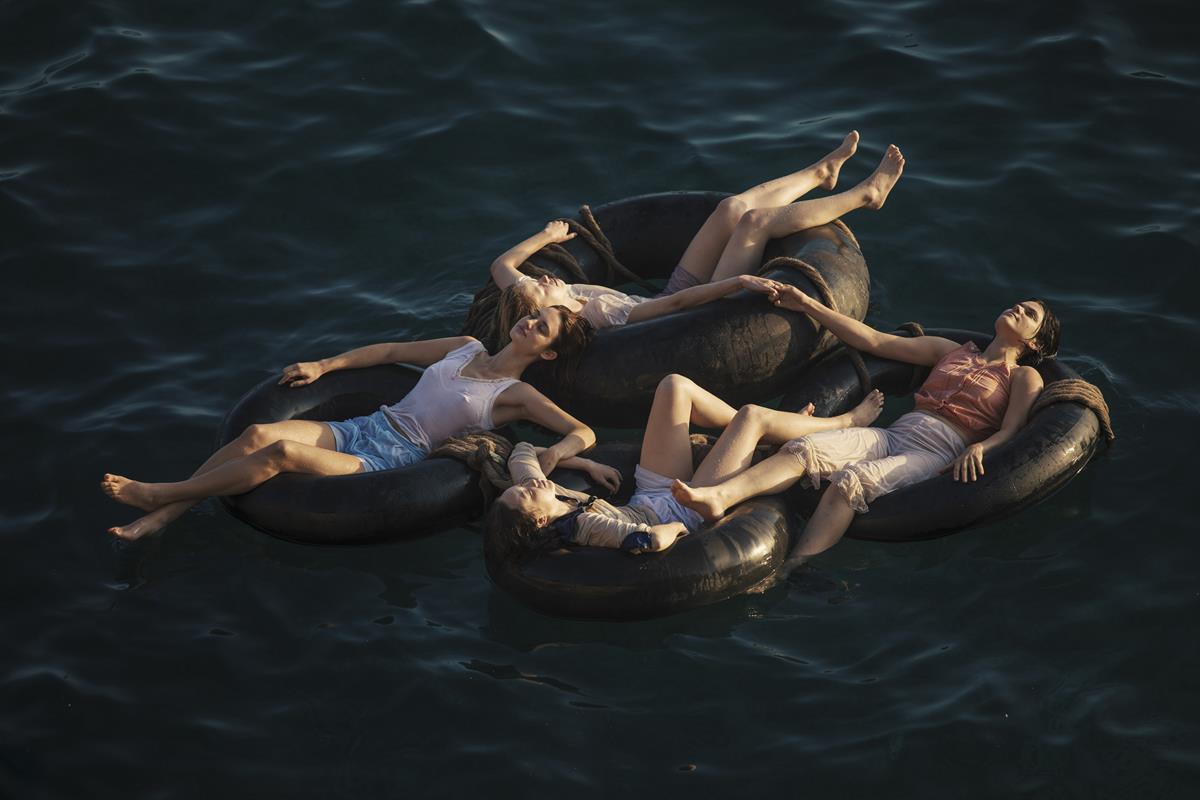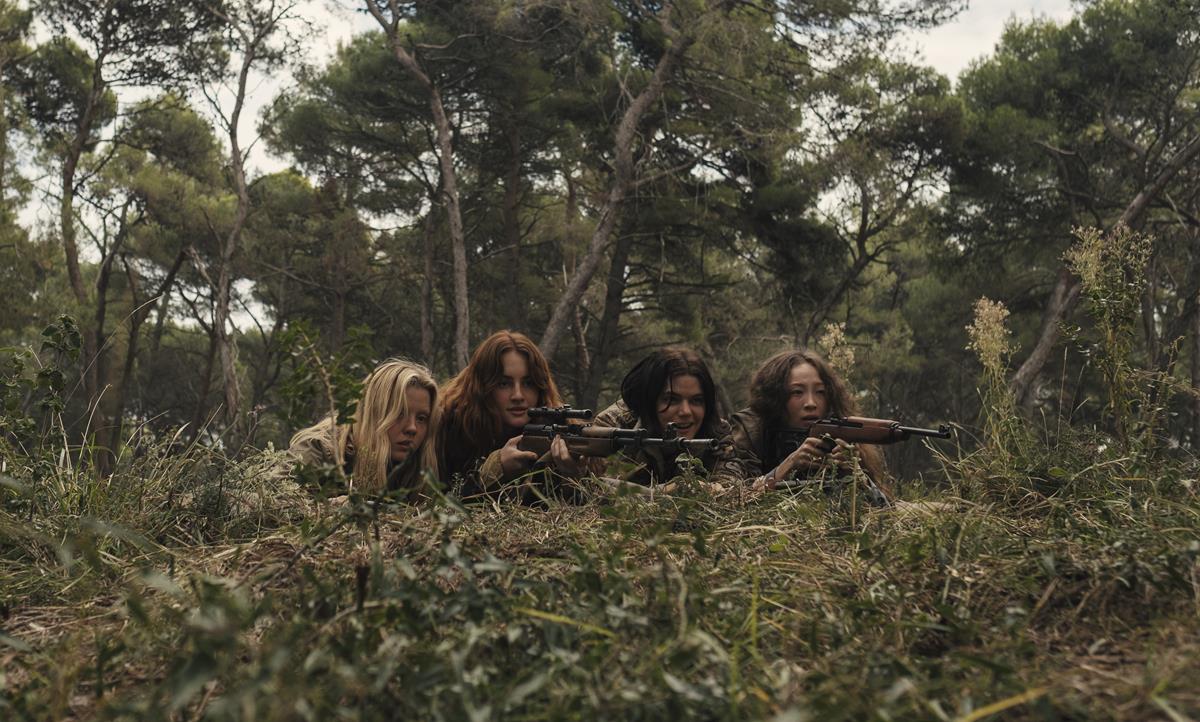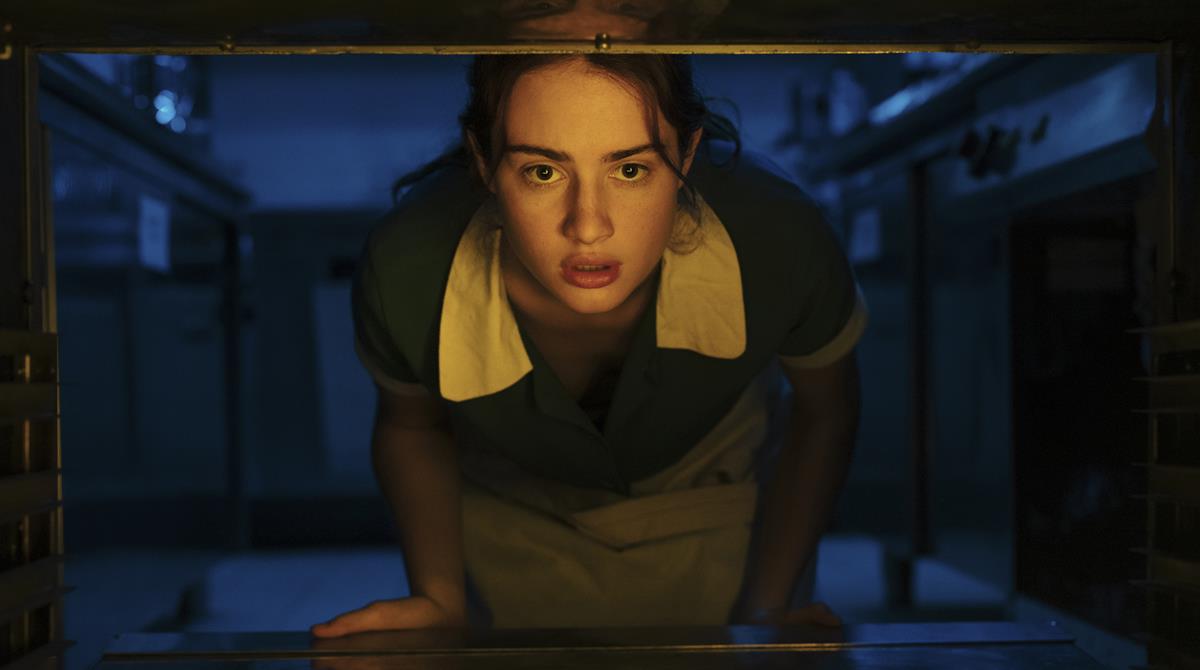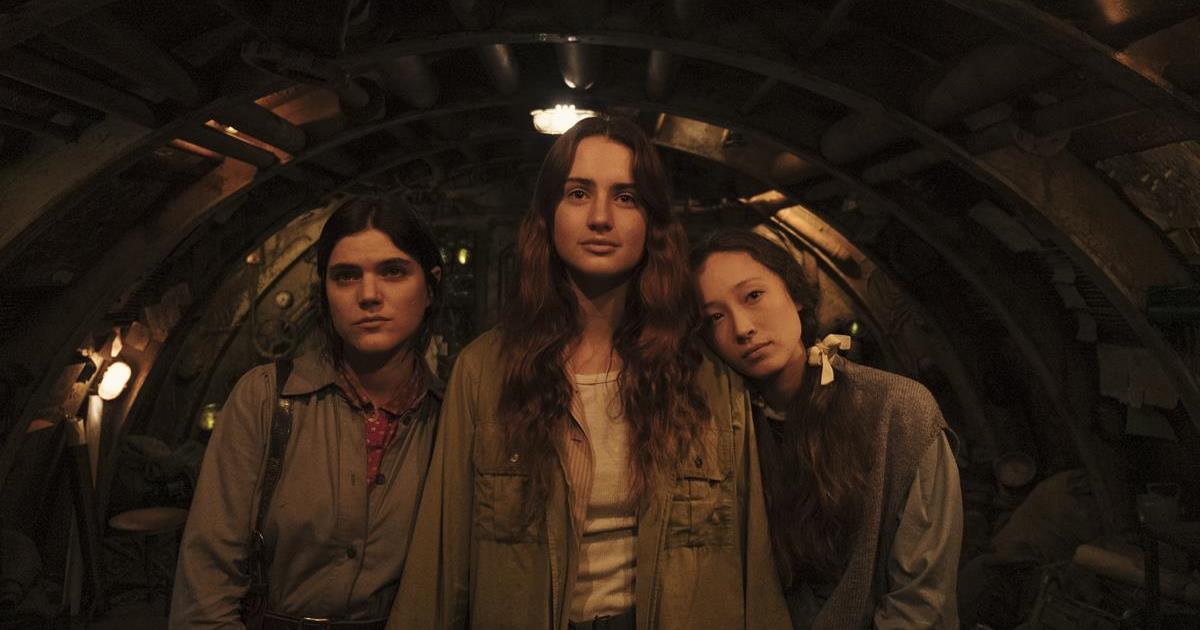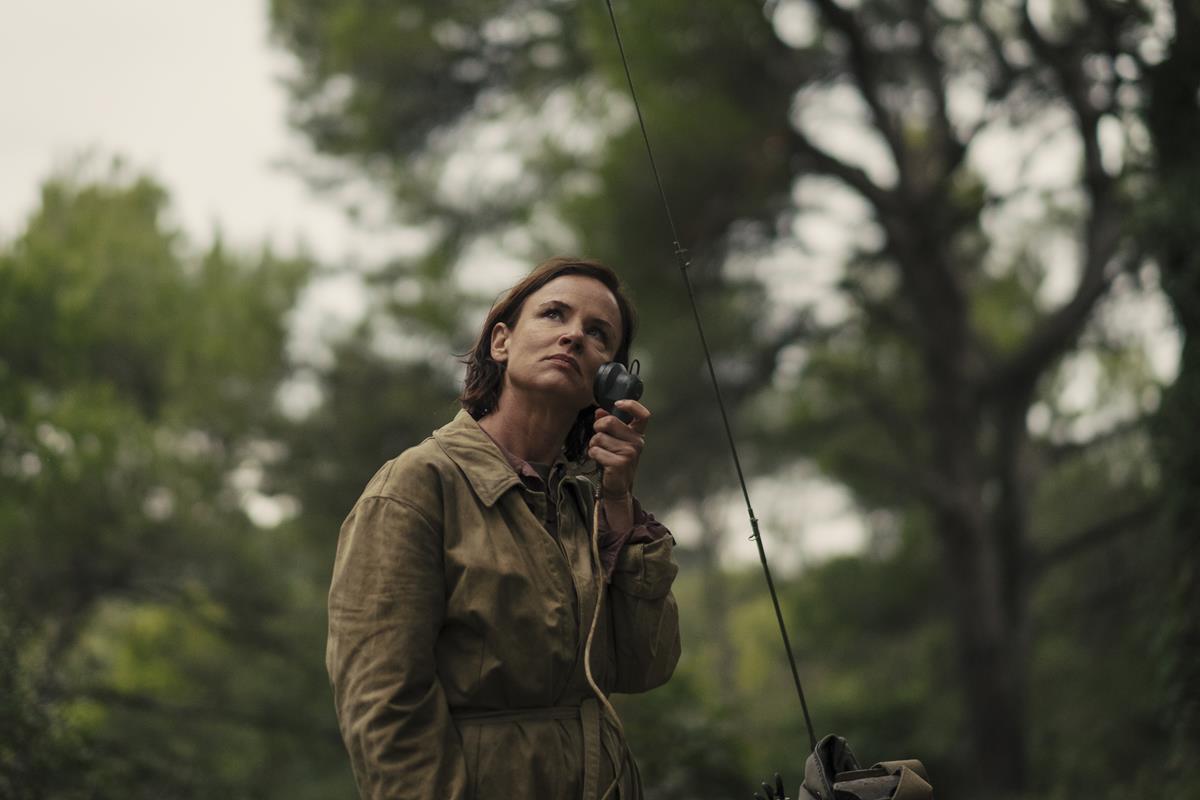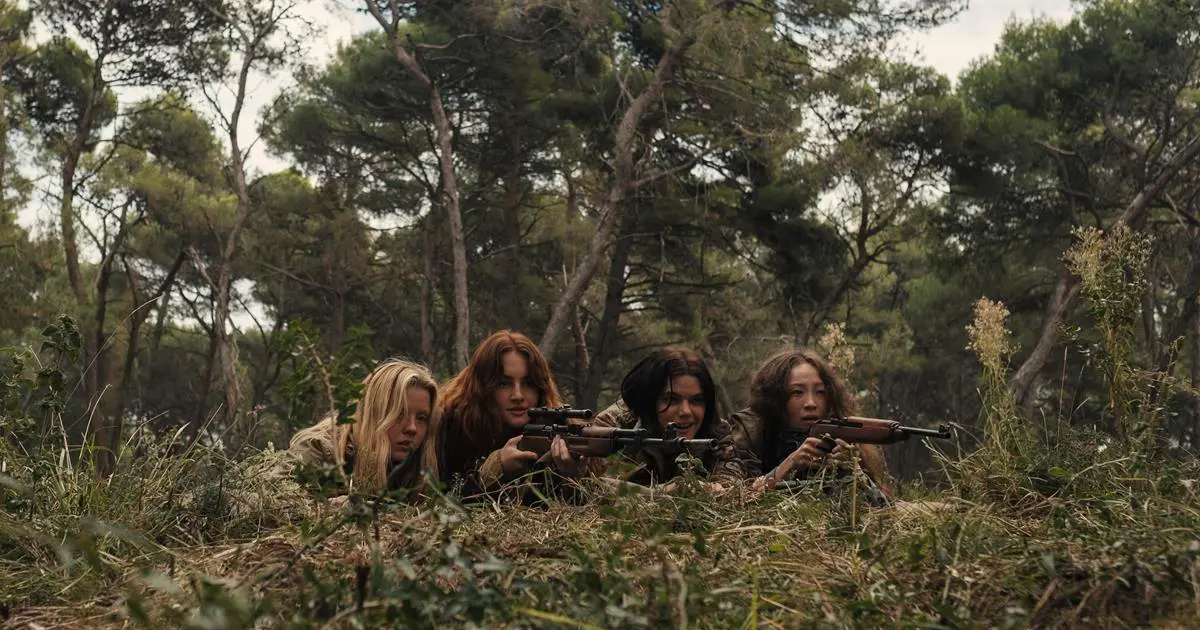
Karen Cinorre’s feature debut, indie fantasy Mayday, is perhaps best described by Polygon reviewer Roxana Hadadi: “After she tumbles into what seems like an alternate world, Ana joins a group of others who have banded together against men. In a modernized version of a siren song, they lure sailors and pilots in with a radio distress signal. They pose as hapless girls who need help. And when the would-be white knights arrive to lend a helping hand, they’re like fish in a barrel.”
READ MORE: Mayday feels like a woman’s answer to Zack Snyder’s Sucker Punch (Polygon)
Writer/director Cinorre explains herself and her vision for her film, “Like so many young girls, the first film that dazzled me was The Wizard of Oz. Finally, a girl sets off on her own epic journey. But Dorothy was never destined to find a heart, her courage, or a brain. In the film she learns nothing except that she shouldn’t have left home at all.
“Films have been telling women and girls forever who we are, where to go, even what to dream. It is time for a new story, a new myth. Women and girls have never been hungrier for daring, resonant depictions of ourselves.
“We’ve seen female fantasy creatures, aliens, superheroes and robots. With MAYDAY I wanted to go farther – to give an audience something completely new — vibrant, magical, modern heroines who are authentic and wholly recognizable.
“Free from dreary clichés, these girls spark a new mythology for our time, and deliver something we need — human, urgent, euphoric cinema.”
LIGHTS, CAMERA, ACTION! SPOTLIGHT ON FILM PRODUCTION:
From the latest advances in virtual production to shooting the perfect oner, filmmakers are continuing to push creative boundaries. Packed with insights from top talents, go behind the scenes of feature film production with these hand-curated articles from the NAB Amplify archives:
- Savage Beauty: Jane Campion Understands “The Power of the Dog”
- Dashboard Confessional: Ryusuke Hamaguchi’s “Drive My Car”
- “Parallel Mothers:” How Pedro Almodóvar Heralds the New Spanish Family
- “The Souvenir Part II:” Portrait of the Artist As a Young Woman
- Life Is a Mess But That’s the Point: Making “The Worst Person in the World”
As the film’s director of photography, Cinorre’s longtime collaborator and life partner Sam Levy (Lady Bird, Wendy and Lucy) helped create a visual language that bridges the intimacy of Ana’s personal journey, with the scope and sweep of an adventure film. “Part of what I was trying to do was have it look epic and dreamy in a way that supports the material but never pulls you out of it. We wanted it to look as if Andrei Tarkovsky directed an action movie,” he says.
“I tried not to let other films penetrate my approach too deeply,” Levy told Filmmaker Magazine. “We did however look at the films of Michael Powell and Emeric Pressburger, The Red Shoes and Black Narcissus in particular. These are breathtaking works that to this day are groundbreaking. We also watched Elem Klimov’s visionary Come and See as an example of a beguiling war film with dynamic action sequences.
“The photographer that inspired Karen and I the most is the brilliant Rinko Kawauchi, especially her book ‘Halo.’ ”
Levy acted as both cinematographer and producer of Mayday. While he’s spent most of his career as a director of photography, Mayday marks his feature film debut as producer.
Levy began his professional career as an apprentice to cinematographer Harris Savides. He first gained recognition as a cinematographer in his own right when he photographed Wendy and Lucy for director Kelly Reichardt — voted one of the “Best 25 Films of the 21st Century” by The New York Times.
Levy went on to shoot three films for director Noah Baumbach: Frances Ha, Mistress America and While We’re Young. His recent films include Lady Bird — nominated for five Academy Awards including Best Picture — as well as two projects for director Spike Jonze: Changers and the forthcoming Untitled Frank Ocean Project.
READ MORE: “The Girls Ride Big Muscular Bikes and Look Tough as Nails”: DP Sam Levy on Mayday (Filmmaker Magazine)
He shot Mayday with anamorphic lenses on an ALEXA Mini, a 3.4K Arriraw, and a custom Alexa Infrared Camera from Camtec, and used Cooke’s SF Anamorphic Prime lenses — the “SF” stands for “special flair” because they allow you to kick the flares, bokeh and other aberrations into new visual territory.
“We shot most of Mayday in Pula, a beautiful coastal city in Croatia. Together with my gifted DIT Sean Goller I designed a bespoke digital lab in several adjoining hotel rooms,” said Levy.

“Each night we’d watch down the day’s work before setting our print lights and processing the dailies. In another room we’d then watch dailies from the previous day with writer/director Karen Cinorre and editor Nick Ramirez.
“As a producer I could make sure the work was completely interactive. The synergy we gained from this approach really shows up on screen.”
Director Cinorre admitted to The New York Times that it was great to have her partner’s fortitude on-set. “It’s a big movie for a first feature — it needed a lot of muscle to get off the ground, and it was reassuring to have someone so encouraging,” Cinorre says of working with Levy, which turned out to be as natural as they both expected.
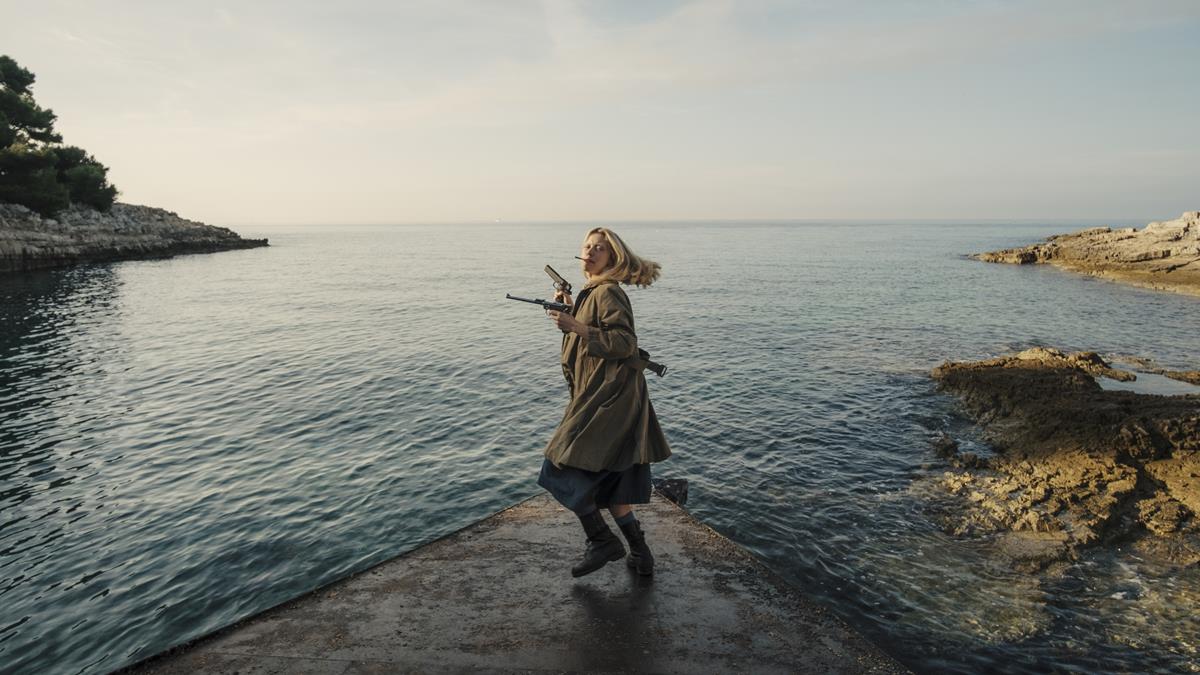
“The thing I’m always trying to develop with a director is this shorthand for communicating and a visual language,” says Levy. “You kind of have to become the same person — your brains have to meld and you finish each other’s sentences.”
This was something he and Cinorre could already do, though the two are careful about maintaining at least some boundaries between work and life. “We take what we do so seriously that we have to not take ourselves too seriously,” says Levy. “We’re playful and silly and ridiculous with each other, so then we can bring that energy to set, which makes the process of filmmaking a real joy.”
READ MORE: The Married Couple Behind the Dreamy Feminist Action Film ‘Mayday’ (The New York Times)
Want more? In the audio player below, listen to Mayday writer and director Karen Cinorre in conversation with The Art of the Frame podcast’s Ron Dawson. They discuss how she got into filmmaking and what it was like bringing this indie feature to life, as well as her process, and the importance of themes of women’s empowerment in her work.


